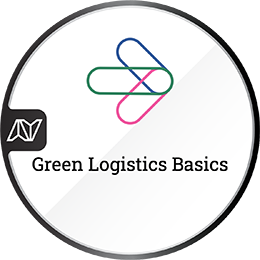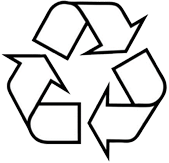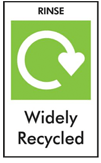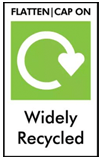
minutes average completion time
Green logistics
With logistics companies moving towards a greener future, many exciting opportunities and career possibilities are opening up. In this micro course, we will take a look at electric vehicles and environmentally friendly packaging as well as the people who are making this future a reality.
The Impact of Carbon on the Environment
We burn fossil fuels to power cars and other machines, to generate electricity, and to keep buildings warm.
Waste gases are released when we burn fossil fuels, such as carbon dioxide (CO₂). Adding extra carbon dioxide to the atmosphere increases what is termed the ‘greenhouse effect’.
‘Global warming’ is the term we use to refer to this increase in the Earth’s temperature and it has been happening for the past 200 years.
Most scientists agree that global warming has been caused by human activities. There is a strong link between the increase in carbon dioxide levels caused by human activities and the increase in global temperatures.
The effects of global warming include:
- Wildlife habitats changing or disappearing.
- Glaciers and polar ice melting.
- Sea levels rising.
- Changes to rainfall causing floods or droughts.
We are already experiencing some of these effects.
Many countries, including the UK, have now set goals to decrease their carbon dioxide emissions.

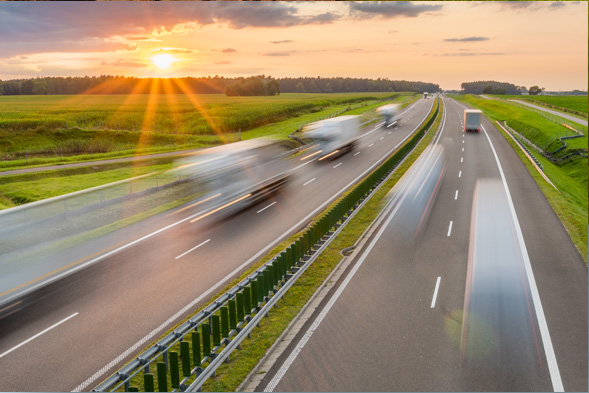
Did you know?
If we don’t work to reduce our carbon emissions, it could become too hot to live in many places by the end of the century. This could affect up to 3 billion people.
Green Logistics
As we explored in ‘The Supply Chain’, we live in a global economy. The products we use every day are made up of components and raw materials sourced worldwide.
For example, the device you are using to read this is likely made up of over 200 components from across China, Japan, Europe, India, and the United States.
A world without logistics is not possible. The food we buy, the clothes we wear, the fuel that powers our vehicles, and the medicine we need all depend on logistics.
However, the logistics sector also omits the largest volume of greenhouse gases. So, what must logistics companies do to decrease their impact on the environment?
‘Green logistics’ aims to reduce the carbon footprint of the industry and to use raw materials and packaging carefully.
Ways in which logistics companies are being more environmentally friendly include:
Click on the buttons below to learn about the ways logistics companies are reducing their carbon footprints.

With logistics companies moving towards a greener future, many exciting opportunities and career possibilities are opening up.
In this micro course, we will explore two of these areas: electric vehicles and green packaging.

Effective route planning
Logistics companies are trying to reduce travel times and minimise waiting times.
In turn, this reduces transport emissions. Many companies are using technology and AI to help plan their routes in the most efficient way possible.
Electric vehicles
Electric vehicles are powered by an electric motor and don’t produce carbon emissions.
Many logistics providers are already using electric vans and electric heavy goods vehicles (HGVs) are becoming more and more common.
Shared container shipping
The practice of ‘groupage’ is becoming ever more popular. Groupage refers to when the shipments of different customers are used to fill one container.
Groupage reduces the carbon footprint compared to each company using their own container – and can often be cheaper, too.
Green packaging
Logistics companies are increasingly using packaging that is recyclable, reusable, or biodegradable.
This greatly reduces the amount of packaging that ends up on a landfill or as litter.
Did you know?
Ways in which you can reduce your personal carbon footprint include recycling, making sure lights are switched off, and unplugging electronic items not in use.
Make a Note!
Which of these is NOT a way that logistics companies can reduce their carbon footprint?
Electric Vehicles
Currently, over 90% of fuel used for road transport comes from fossil fuels. As well as releasing carbon dioxide when they are burned, fossil fuels are non-renewable, meaning they will eventually run out.
Electric vehicles are one option that logistics companies are exploring to help decrease their impact on the environment.
Electric vehicles are powered by an electric motor, rather than a traditional combustion engine that runs on petrol or diesel as a source of fuel. When the energy in the motor runs out, the batteries can be recharged through a wall socket or charging unit.
Electric vehicles don’t produce carbon emissions and create fewer exhaust emissions compared to a vehicle with a petrol engine.
An important issue in road freight is the European Green Deal. This is a set of policies with an aim to decrease carbon dioxide emissions by 90% by 2050.
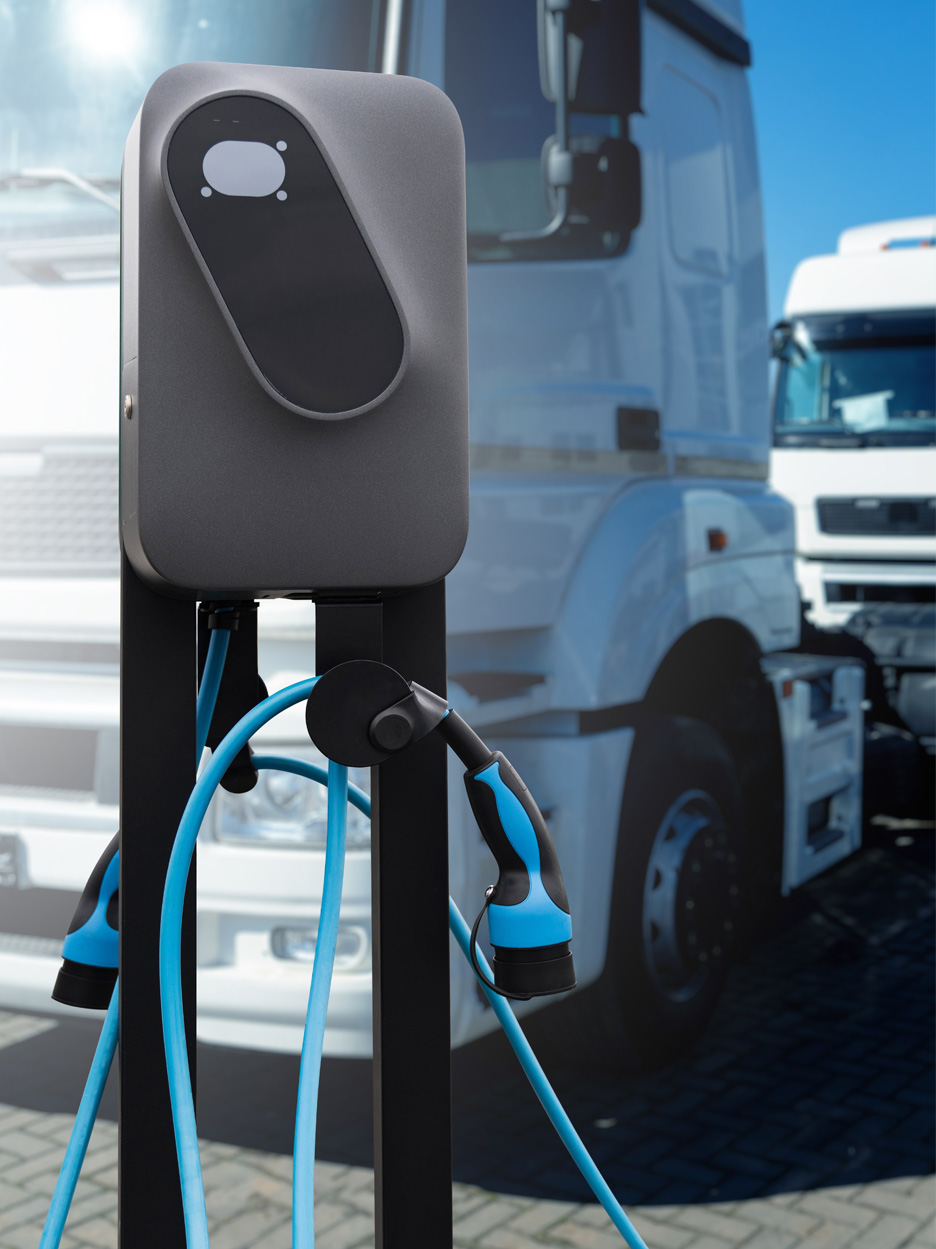
Over the next few decades, the UK will be making major upgrades to the National Grid to support the increase in electric vehicles.
Electric vans and heavy goods vehicles (HGVs)
Electric vans are readily available and many logistics providers have started the transition to electric van fleets.
The technology for electric heavy goods vehicles (HGVs) is still relatively new but it is developing rapidly. There are forecast to be over 2,000 electric HGVs on UK roads by 2026.
A new infrastructure is being developed to support the increase in electric vehicles. This is made up of the different structures, machinery, and equipment needed to support electric vehicles.
This new infrastructure is creating new jobs in areas such as maintenance, repair, charging, and support and is expected to grow enormously over the next 10 years.
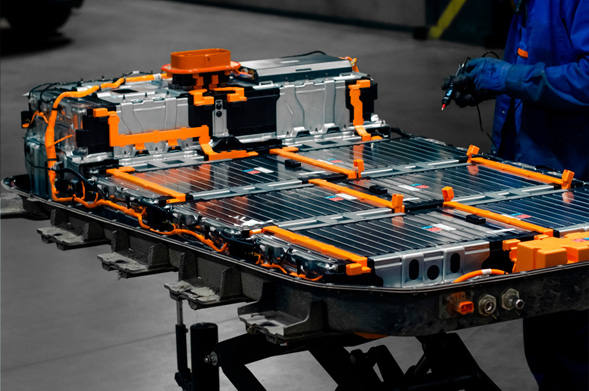
Did you know?
The first electric vehicle was created in 1832 by the Scottish inventor Robert Anderson. It could travel at approximately 7 miles per hour.
Make a Note!
What is the aim of the European Green Deal?
Green Packaging
A major environmental impact connected to logistics is excess and wasteful packaging.
Count how many layers of packaging you tear through to get to your item the next time you receive a parcel. Up to 7 different materials can go into one single parcel, including cardboard, Styrofoam, bubble wrap, and tape.
Waste and excess packaging often ends up in landfill or becomes litter.
Materials such as plastics, aluminium, and Styrofoam pose a significant environmental threat as their decomposition process can take hundreds of years.
Microplastics also enter the human body and can increase the chances of experiencing serious health issues, such as heart attacks and strokes.
To address environmental concerns, the logistics industry is moving towards green packaging. This is packaging that has the lowest possible impact on the environment.
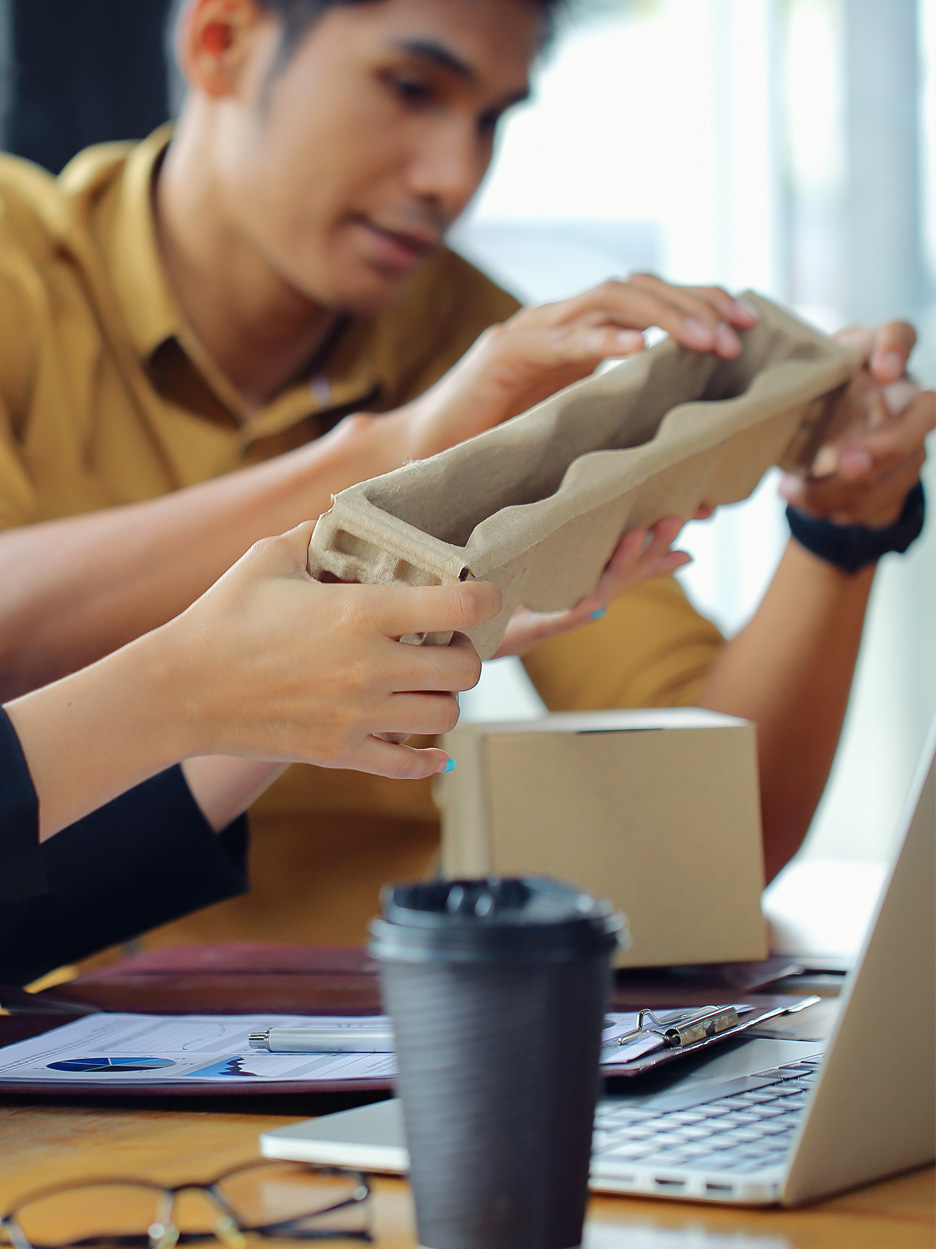
Green packaging uses materials which are recyclable, reusable, or biodegradable and can come in many different forms.
You can see just some examples below. How many are you familiar with?
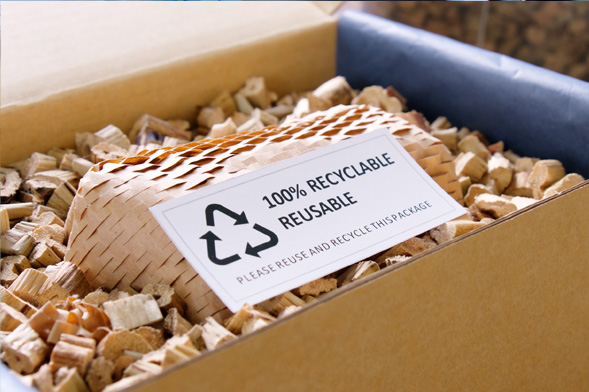
Recyclable
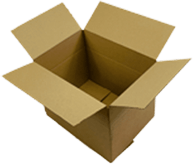
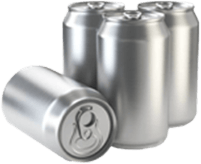
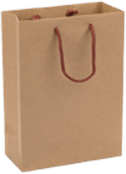

Reusable
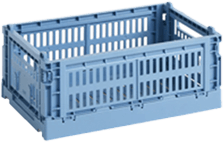
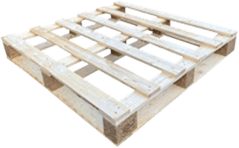


Biodegradable

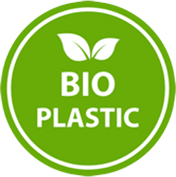


Recyclable packaging
Recyclable packaging is made of materials that can be used again, either for packaging or another purpose. Recyclable packaging materials include glass, metal, card, and paper.
Packaging that can be recycled should show a symbol called the Mobius loop that tells you what the product is made from and how it can be recycled.
Click on the images below to learn about what each recycling symbol me.
Reusable packaging
Reusable packaging can be cleaned and reused to store the same food again or another product.
Common examples of reusable packaging are pallets, glass bottles, shipping containers, and storage boxes.
The success of some reusable packaging depends on the consumers’ willingness to return the packaging. Glass bottles are an example of this. But, when it does work, packaging can get lots of use across its lifespan.
Companies can benefit from using this packaging, too. Using reusable packaging can be a more cost-effective option than disposable packaging in the long run.
Reusable packaging is a major part of the idea of a circular economy, which aims to completely eliminate waste.
Biodegradable packaging
‘Biodegradable’ refers to a material that will easily breakdown and disappear into the soil or the atmosphere without causing damage.
Biodegradable packaging breaks down into natural elements within one year. If biodegradable packaging ends up in the landfill, it will still degrade faster than other materials.
Biodegradable materials include plant-based packing peanuts, compostable mailers, bioplastics, and mushroom packaging.
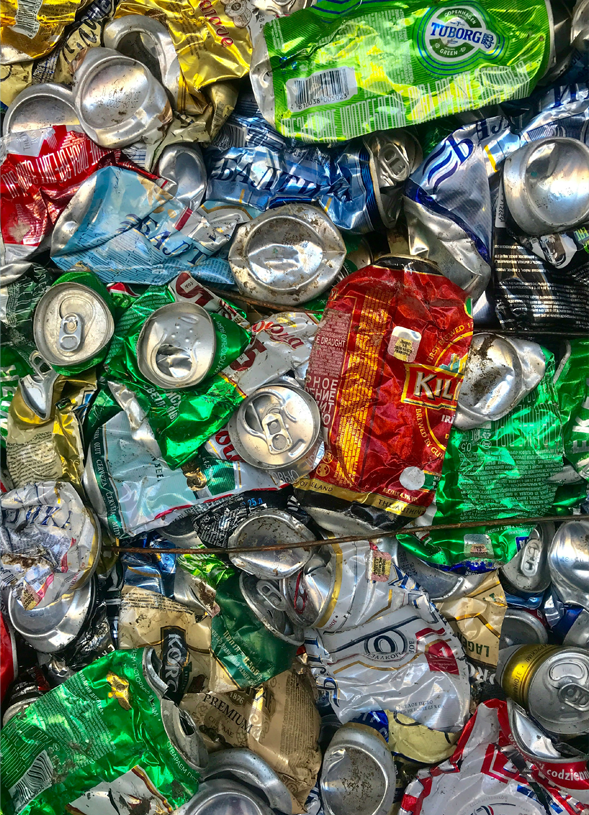
Did you know?
Plastic can take up to 1,000 years to break down. During this time, plastic levels build up and can choke wildlife, poison groundwater and damage soil.
Make a note!
How many years does it take plastic to break down?
Mobius Loop
This is the Mobius Loop. It indicates that the product or packaging is recyclable.
The Mobius loop was first described by the mathematician and astronomer August Ferdinand Möbius (1790-1868) in 1858.
Recycle and Rinse Symbol
This is the Recycle and Rinse Symbol. It indicates that the item is recyclable but requires rinsing or cleaning before disposal.
This logo is commonly found on food packaging and rinsing helps to minimise contamination and prevent vermin.
Common items with this symbol include metal tins, shampoo bottles, food containers, and glass jars.
Flatten with Cap on Symbol
This is the Flatten with Cap on symbol. It indicates that the item should be flattened before being placed in the recycling bin, with the cap still on.
This helps save space in bins and waste collection trucks.
Common items with this symbol include milk cartons and plastic bottles.
Aluminium Recycling Symbol
This is the Aluminium Recycling Symbol. It indicates that the metal used in the product is made from aluminium and can be recycled.
Common items with this symbol include cans and tin foil.
Careers in Green Logistics
As the green logistics industry continues to grow, so too will the number of opportunities and new careers.
There are already a wide range of professions supporting green logistics, explore just a few of them below.

Packaging technologist
Packaging technologists design and develop packaging for different products.
Average Salary: £23,000-£40,000 (or £1,916 – £2,000 per month)
In this role you could:
- Produce sample packaging to test different materials and designs.
- Run production trials.
- Make sure packaging meets quality standards and is safe.
- Work closely with product designers and production engineers.
- Work out ways to make packaging more environmentally friendly.
- Write technical reports.
Junior energy manager
Energy managers helping organisations to reduce energy consumption and reducing energy costs.
Average Salary: £22,000 to £45,000 (or £1,3333 – £3,333 per month)
In this role you could:
- Develop and implement strategies to reduce energy consumption.
- Encourage the use of renewable and sustainable energy resources within an organisation or community.
- Carry out site inspections and energy surveys.
- Benchmark energy consumptions against best practice guidelines.
Electronics engineer
Electronics engineers design and develop systems for industry, from mobile communications to manufacturing and aerospace.
Average Salary: £26,000-£60,000 (or £1,3333 – £2,000 per month)
In your day-to-day duties you could:
- Assess new developments or innovations.
- Prepare technical plans using computer-aided engineering and design software.
- Estimate manufacturing and labour costs, and project timescales.
- Co-ordinate the work of technicians and craftspeople.
- Test prototypes and analyse data.
- Make sure projects meet safety regulations.
- Plan and oversee inspection and maintenance.
Career Path Questionnaire
This simple questionnaire might help you to identify some career pathways that suit your personal interests and your skills. This questionnaire comes in 2 parts. The first part of this activity is a simple questionnaire.
Using the options in the table below, answer each of the questions by selecting a number in one of the columns, based on the following:
1 = Dislike a lot 2 = Dislike 3 = Don’t Mind 4 = Like 5 = Like a lot
Based on your personal interest and skills, you may be interested in the jobs shown in the highlighted section below.
Working with IT and projects
Roles explored in this course:
- Marine engineering technician
- Rail engineering technician
You may also enjoy other careers in engineering, information technology, and energy.
You scored
in this category.
Working with people and processes
Roles explored in this course:
- Transport and distribution clerk
- Database administrator
- Import-export clerk
- Customer service assistant
- Finance officer
You may also enjoy other careers in learning and development, human resources, and customer service.
You scored
in this category.
Working on your feet or outdoors
Roles explored in this course:
- Warehouse operative
- Heavy goods vehicle driver
- Forklift driver
- Ground handling agent
- Port operative
You may also enjoy other careers in manufacturing warehousing, airports, and sea ports.
You scored
in this category.
8 Steps to Get You Started
- Make a list of your personal strengths and interests
- Follow logistics companies on social media
- Check out the careers section in the library
- Speak with a career’s advisor
- Explore apprenticeship options in transport and logistics
- Look at the skills required for careers that interest you
- Create a portfolio of your favourite achievements
- Set and follow-up on career-related goals
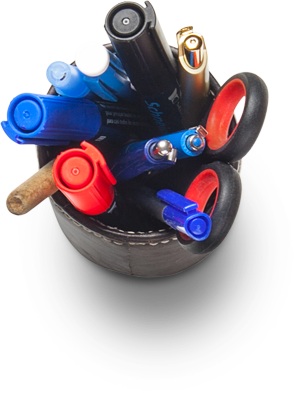
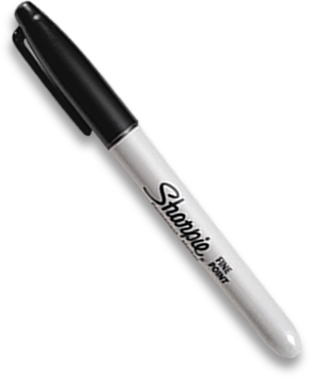
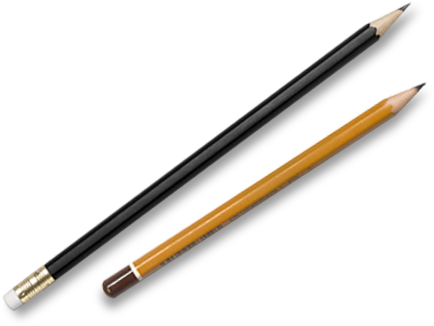
Check Your Knowledge
So now you have an understanding about Green Logistics, it’s time to
answer the multi-choice questions below to see how much you really know.
Good luck!
Well done. You have successfully achieved the pass mark for this course. All the correct answers are now shown.
You haven’t achieved the pass mark on this occasion. Have another go.
You haven’t quite reached the pass mark for this course, but all of the correct answers are now shown. Please study these before moving on, or feel free to go back and look again at any of the pages of this course.

